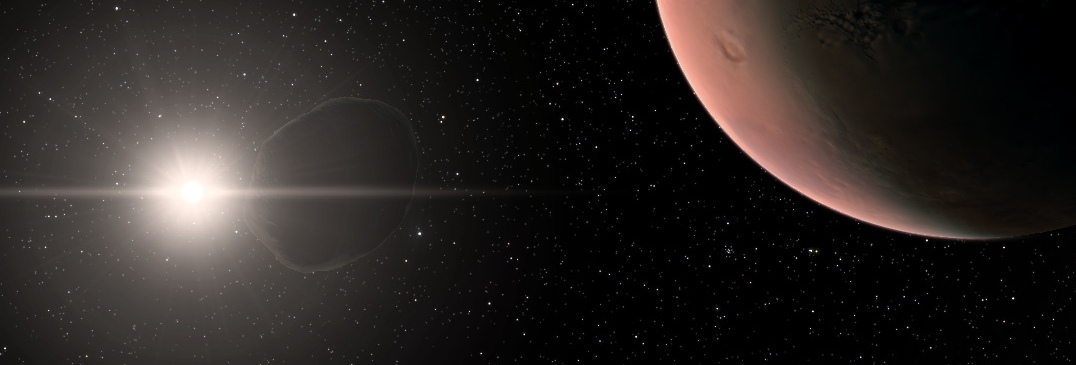Tag: astrophysics
Gaia Sky jumbo summer release 1.5.0
Jumbo release 1.5.0 brings lots of new features and improvements

Gaia Sky v1.5.0
This time around we’ve had a slightly longer development cycle so Gaia Sky 1.5.0 ‘Jumbo Summer Release’ is here with a ton of new features, enhancements and bug fixes. Most importantly, we have essentially refactored the way star catalogs are handled, so that we can now stream data from disk when it is needed. Also, we’ve been working hard to make better use of the GPU and we are proud to announce that we’ve increased the performance fourfold while being able to display many more objects on screen at once.
New release of Gaia Sky
Version 1.0.2 brings spacecraft mode, lens glow, 360° and lots of bugfixes

Gaia Sky v1.0.2
Gaia Sky is here again with a brand new release packed with new features and bug fixes. Here are the most important:
- New spacecraft camera mode – Game on!
- New lens glow effect.
- Added brightness and contrast controls.
- Improved search functionality.
- Updated textures.
- Added optional crosshair in focus mode.
- Implemented 360° mode for 360 VR videos and panormas. See gallery here.
- Brand new documentation in readthedocs.org. Edit: since then the documentation has moved to gaia.ari.uni-heidelberg.de/gaiasky/docs.
Gaia Sky in APOD
Astronomy Picture of the Day features Gaia Sky

Gaia Sky APOD
Today, 26 September 2016, the Astronomy Picture of the Day (APOD) features a video we have prepared with Gaia Sky at the ARI/Uni Heidelberg. The video itself shows a flight from outside of our Milky Way galaxy to the Sun and then a travel through the Solar System towards the vicinity of the Earth, displaying in this journey a little over 600.000 stars from the TGAS part of Gaia Data Release 1.
Gaia videos
Gaia Sky videos
With Gaia Data Release 1 in mind, we have prepared a few videos with flights through the TGAS catalog and generally showcasing Gaia Sky.
First version of Gaia Sky released in conjunction with Gaia DR1
Gaia Sky hits version 1.0.0

Gaia Sky version 1.0.0
Last September 14 the first Gaia catalog, Gaia Data Release 1, was made public. To celebrate the occasion, we also released version 1.0.0 of our virtual Universe software, Gaia Sky. This time around, the software comes with big improvements and lots of new features, the most prominent of which is the addition of the TGAS catalog, a part of Gaia DR1 which contains 3D positions for approximately 2 million objects. Check out the release trailer.
Gaia Sky hits version 0.800b
New version 0.800b of Gaia Sky out now
Today I’m releasing version 0.800b of Gaia Sky, probably the last beta version before version one, which will come in late summer with GDR1 (Gaia data release 1).
This time around we bring on loads of improvements, bug fixes and new features. Here is a comprehensive change log:
- Reimplemented star render algorithm, now all stars are shaded as points in the GPU.
- New Milky Way rendering with 40K particles and 100 nebulae.
- Three graphics quality settings, low, normal and high, which have an impact in the size of textures, the complexity of the models and the quality of the graphical effects.